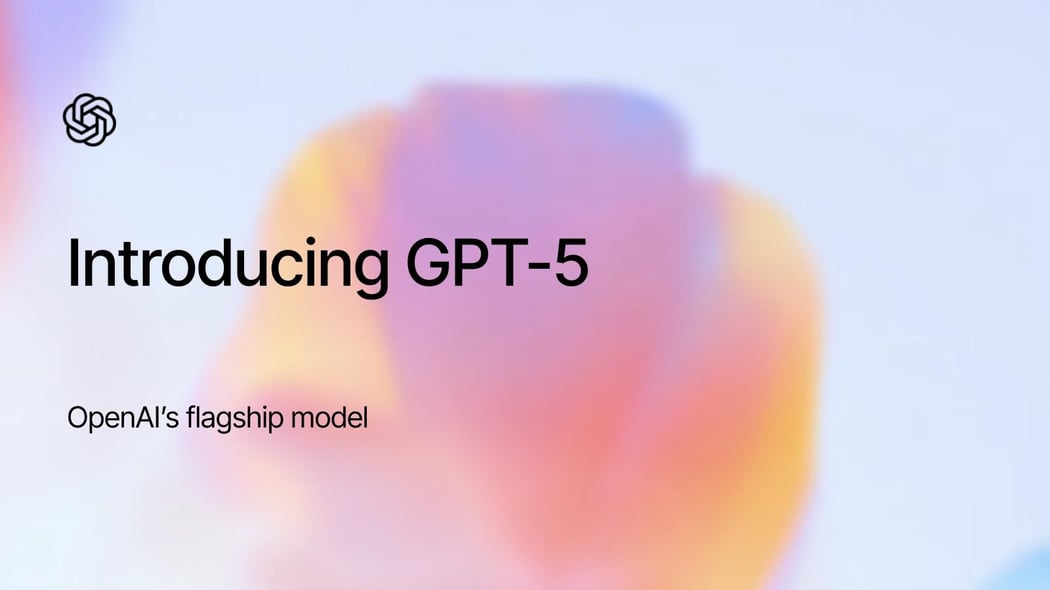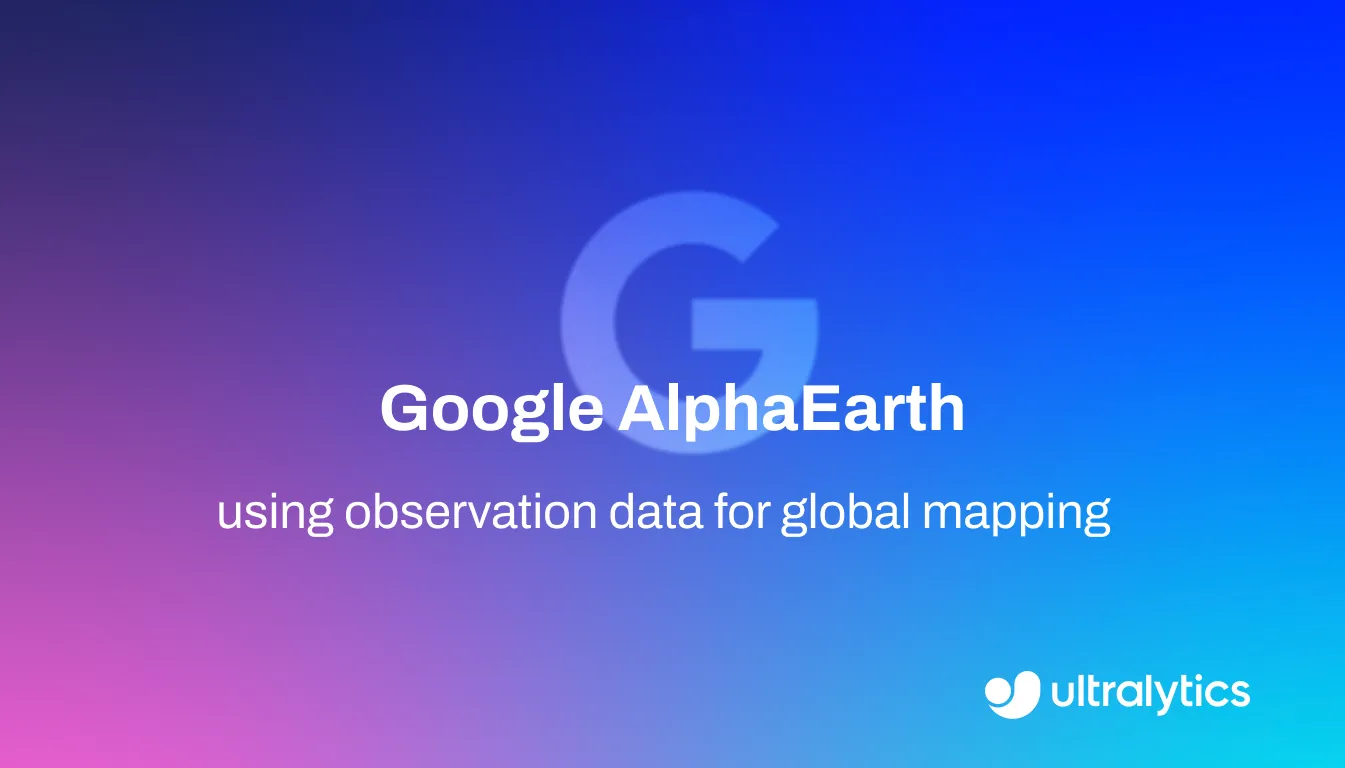CLIP (Contrastive Language-Image Pre-training)
Discover how OpenAI's CLIP revolutionizes AI with zero-shot learning, image-text alignment, and real-world applications in computer vision.
CLIP (Contrastive Language-Image Pre-training) is a groundbreaking multi-modal model developed by OpenAI that connects text and images within a shared space of understanding. Unlike traditional models trained for a single task like image classification, CLIP learns visual concepts directly from natural language descriptions. It is trained on a massive dataset of image-text pairs from the internet, enabling it to perform a wide variety of tasks without needing specific training for each one—a capability known as zero-shot learning. This approach makes it a powerful foundation model for a new generation of AI applications.
How It Works
The core idea behind CLIP is to learn a shared embedding space where both images and text can be represented as vectors. It uses two separate encoders: a Vision Transformer (ViT) or a similar architecture for images and a text Transformer for text. During training, the model is given a batch of image-text pairs and learns to predict which text caption corresponds to which image. This is achieved through contrastive learning, where the model’s goal is to maximize the similarity of embeddings for correct pairs while minimizing it for incorrect pairs. The result, detailed in the original research paper, is a robust understanding of concepts that links visual data with linguistic context. An open-source implementation, OpenCLIP, trained on datasets like LAION-5B, has made this technology widely accessible.
Real-World Applications
CLIP's unique capabilities lend themselves to several practical uses:
- Semantic Image Search: CLIP powers advanced search systems where users can find images using natural language queries instead of keyword tags. For example, a user could search an e-commerce catalog for "a blue striped shirt for men" and get relevant results even if the products are not explicitly tagged with those exact words. Ultralytics offers a semantic image search solution that uses CLIP and FAISS (Facebook AI Similarity Search) for fast and accurate retrieval in large image libraries.
- Content Moderation: Social media platforms can use CLIP to automatically flag images that depict content described in their policies, such as hate symbols or graphic violence. This is more flexible than traditional methods because it can identify violations based on a text description, without needing a pre-labeled dataset for every possible type of prohibited content.
- Guiding Generative AI: CLIP's encoders are crucial for steering generative AI models like DALL-E or Stable Diffusion. When a user provides a text prompt, CLIP evaluates the generated image to see how well it matches the prompt's meaning, guiding the model to produce more accurate and relevant visuals.
- Improving Accessibility: The model can automatically generate rich, descriptive captions for images, which can be used by screen readers to describe visual content to visually impaired users, significantly improving web accessibility.
CLIP vs. YOLO
It is important to distinguish CLIP from specialized computer vision (CV) models like Ultralytics YOLO.
- CLIP excels at semantic understanding. It knows what an image contains in a broad, conceptual sense (e.g., it understands the concept of "a birthday party"). Its strength is in connecting language to visuals for tasks like classification and search, making it a powerful Vision Language Model.
- YOLO models excel at localization. They are designed for object detection and segmentation, identifying the precise location and boundaries of objects within an image (e.g., locating every person, the cake, and the balloons at a birthday party).
While distinct, these models are complementary. The future of CV may involve combining the semantic context from models like CLIP with the localization precision of detectors like YOLO11 to build more sophisticated AI systems.
Limitations and Future Directions
Despite its power, CLIP has limitations. Since it's trained on vast, uncurated data from the internet, it can absorb and replicate societal biases found in that data, leading to concerns about fairness in AI and potential algorithmic bias. It also struggles with certain tasks that require fine-grained detail or spatial reasoning, such as accurately counting objects. Ongoing research, including work at institutions like Stanford's Center for Research on Foundation Models (CRFM), focuses on mitigating these biases and improving its capabilities. Integrating CLIP's knowledge into different workflows can be managed with platforms like Ultralytics HUB, which simplifies model and dataset management.








